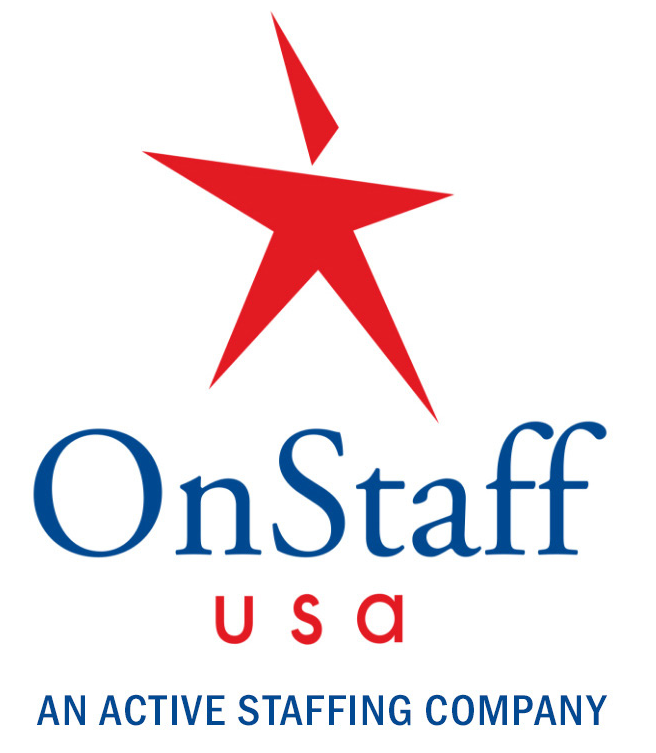
Onboarding Basics for Every Manager
By Andrew Taylor
First days can be overwhelming for new hires, especially when they are joining large teams or large organizations. Because a new employee’s initial experiences can set the tone for his or her engagement, every organization should put its best foot forward by including the following three steps in its employee onboarding plan.
Create a Schedule A great onboarding experience starts with a great onboarding schedule. Think of that schedule as an itinerary that details each day of onboarding and allots time for key objectives, such as introductions to processes, meetings with team members, and time for questions. An onboarding schedule is a success if a new hire never asks, “What should I do next?”
Introduce New Hires to the Family
Familiarizing new hire familiars with their coworkers (as well as some of the team dynamics) is mission critical for a successful onboarding. These introductions give them a feeling of belonging and a chance to start building relationships with their new teams. Additionally, asking for help becomes a lot easier when someone knows where to go to for it.
Assign a Mentor
New hires need some time before they’re able to add value to their teams. As they work to get up to speed, they will probably have a ton of questions. Pairing each new hire with an experienced employee provides an immediate source for an answer to those questions and helps new team members acclimate to the organization’s culture significantly faster.
If new employees aren’t integrated well, then all of the other steps of the hiring process” reviewing resumes, conducting interviews, and making a selection–have been a waste of time. That’s why managers need to develop and implement onboarding plans that provide a new hire with the tools and support he or she needs to succeed.
Andrew Taylor is the Direct Marketing Copywriter at Ultimate Software.
